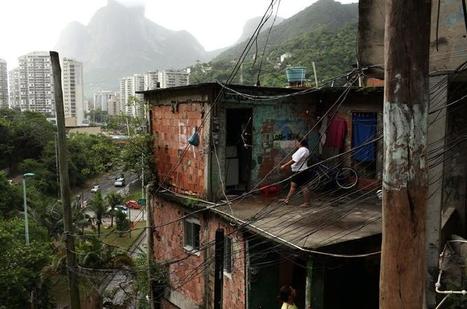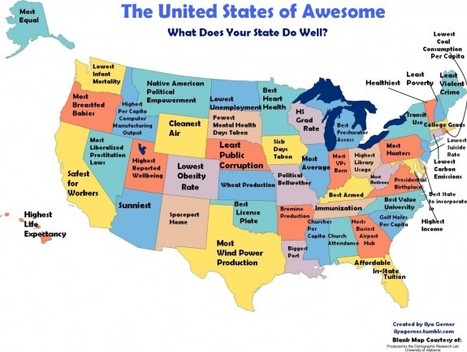An unfinished skyscraper occupied by squatters is a symbol of Venezuela’s financial crisis in the 1990s, state control of the economy and a housing shortage.
Incredible paradigm shift as a skyscraper is converted from a symbol of wealth is occupied by squatters. The lack of a vibrant formal economy and more formal housing leads to a lack of suitable options for many urban residents--especially with problems in the rural countryside. A complex web of geographic factors need to this most fascinating situation. The video link "Squatters on the Skyline" embedded in the article is a must see.



 Your new post is loading...
Your new post is loading...





































Squatters occupy a building that was constructed to symbolize great wealth in Venezuela including a landing pad on the roof and floors to occupy office buildings. Due to a financial crisis, the building was never finished and squatters have taken advantage of this empty building. There is no windows, plumbing or an elevator to reach the higher levels of this skyscraper. Because of this, many safety issues have risen, including deaths. There is no other place for these squatters to live, it has become their home and they are temporarily making the best of it.